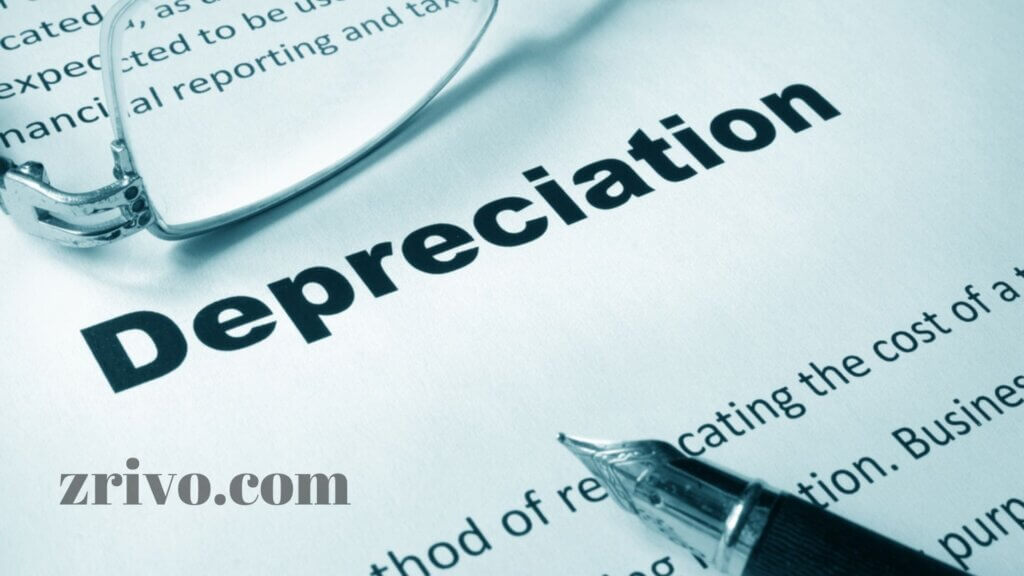
As it’s explained in Publication 946, Depreciation is a tax deduction that lets you reduce your taxable income by recovering the cost of certain tangible assets over their useful life. It is a key tool for property owners and investors, allowing them to deduct the costs of buying and improving real estate over time, which in turn lowers their taxable income. Publication 946 explains how you can recover the cost of business and income-producing property through depreciation (including the special depreciation allowance and deductions under the Modified Accelerated Cost Recovery System) and other tax advantages. However, some types of property are not eligible for depreciation.
The most obvious example is land, but other properties you cannot depreciate include the equipment you use to build capital improvements and bushes or trees that are closely associated with an existing building. In the context of a logging operation, a depreciable land improvement account might be something like this: bridges, culverts, graveling, fences, tire towers, and other nonpermanent structures or improvements that are not part of the original building.
This is an important distinction to keep in mind when calculating depreciation deductions on these types of properties. This is because it will reduce the overall amount of depreciation you claim on this type of property. If you aren’t careful, you may lose out on some of the benefits of the MACRS depreciation system.

When Can I Claim Depreciation?
To claim depreciation, the property you own must meet certain requirements. It must be used in a business or other income-producing activity, have a determinable useful life, and be expected to last more than one year. You can claim depreciation on a variety of property types, including buildings, machinery and equipment, vehicles, and even furniture. However, you can’t claim depreciation on land, such as a house or farm.
A business can write off depreciation on its own assets, such as computers, office equipment, vehicles, and furniture, as well as equipment that the business rents out. The depreciation period for all these assets is a pre-set number of years, generally five or seven years.
What are the Methods for Calculating Depreciation?
Depreciation is a complicated concept; you should consult an accountant or tax preparer to ensure you are taking advantage of depreciation and making the most of it. If you don’t understand how to depreciate your assets, you might be losing out on thousands of dollars in tax savings each year! There are several different ways to calculate depreciation, and it is important to use the method that best works for your particular situation. One common method is straight-line depreciation, which divides an asset’s cost, minus its salvage value, over its useful life.
This method is particularly helpful for small businesses with simple accounting systems that might not have a CPA or tax advisor. However, it can be time-consuming to determine which method is right for your business. A more effective method of calculating depreciation is the units of production method, which is tied to the asset’s usage or production capacity instead of its age. This approach produces a larger write-off in years when the asset is heavily used and a smaller deduction in years when it is not.
The IRS also allows you to accelerate your deductions with an accelerated cost recovery system, which lets you write off more of the asset’s costs in the first few years. Typically, this is preferred by startups that expect to grow in the future. Publication 946 has detailed instructions for calculating depreciation.

What is the best depreciation method for vehicles?
The best depreciation method for vehicles depends on THREE factors. These include the vehicle’s useful life, the amount of depreciation allowed, and the method you use to claim depreciation. First, you must decide which method is best for your business and which will get you the most tax benefits. There are two main methods for depreciating vehicles: the standard mileage rate and actual expenses.
In general, the standard mileage rate is the most popular method for depreciating automobiles. This method allows you to write off the cost of business miles based on IRS standards. However, it’s important to note that there are limits on this deduction for certain types of cars and trucks. These limits include bonus depreciation, Section 179 expense, and the dollar limit for the year you purchase the car.
There are two ways to calculate your car’s depreciation: the straight-line method or the 200% declining balance method. These methods are part of MACRS, the Modified Accelerated Cost Recovery System.
What Are Depreciation Examples?
If you own property, such as a building or equipment used for business purposes, it can be depreciated over its useful life. This is called depreciation and can be a tax-saving tool for small businesses. There are several types of property that are eligible for depreciation, including machinery, equipment, buildings, and vehicles. You can also depreciate certain land improvements, such as landscaping or fences.
You can also write off the cost of intangible assets, such as patents or copyrights. These can be depreciated over their applicable useful lives or recovery periods, which are typically five or seven years. Depending on the method you choose, you can claim larger deductions in the first few years of an asset’s life and smaller deductions later on. The most common method is the accelerated depreciation method, which allows you to write off your asset’s entire cost in the year it’s acquired.
You can claim depreciation on most equipment you purchase for your business, including computers and other technology, vehicles, and furniture. But remember that you can’t claim depreciation on land or buildings if they’re not used for business purposes.